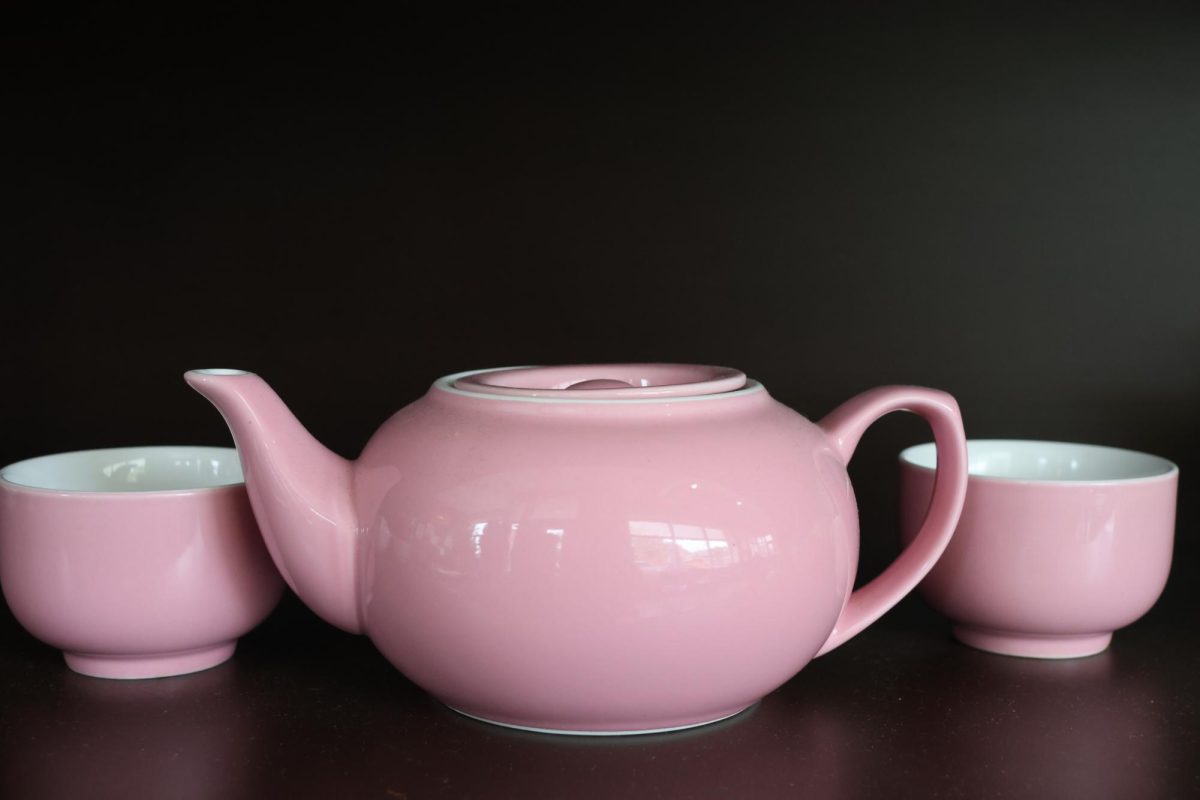Hollywood’s portrayal of drug use has a complex history, often switching between realistic depictions and glamorization. Though some films depict it realistically and strive for authenticity, there is still media out there that promotes unrealistic drug usage and relationships. This glamorization has long lasting effects on society and demonstrates the influence of Hollywood on humans. Normalization of drugs in pop culture leads to societal acceptance and potential consequences on individuals’ health.
Pop culture consists of ideologies that represent some of the most harmful behaviors in society. These representations have real life impacts and provide standards for social cues, social norms and examples of behavior deemed “culturally appropriate” Our society often looks to popular culture to learn how to behave, look, and dress. People no longer see substance use as problematic as it is since it’s normalized in pop culture and movies. From this normalization, it becomes more common for people to experiment with drugs.
We know intense drug and alcohol usage is extremely damaging to someone’s health. Drugs and unmedicated substances severely affect brain development, but are also likely to contribute to a rabbit hole of addiction. Celebrities who abuse drugs tend to be viewed as role models with glamorous lives in spite of their habits, yet there is often stigma associated with regular people who struggle with addiction. Addicts are people and so are celebrities.
Hollywood continues to play into the so-called beauty and fun behaviors of drug use by showing characters having fun and normalizing frequent substance use. A large part of this is the fact that it’s true. Drugs in America aren’t hard to find nor are they uncommon.
Substance use can be portrayed accurately. It’s a delicate subject and shouldn’t be overlooked. I think when displaying drug use in film, you should ask yourself what your point is: Are you trying to tell an accurate story about drug addicts? Are you showing a made up beauty about substance use? Which side are you contributing to?
Film projects such as “Euphoria”, “Beautiful Boy” and ‘The Wolf of Wall Street” display substance use accurately. They each get into the harsh reality of the effects of this lifestyle and many have said that it resonated with them. They serve as cautionary tales for humanity. Although, whether intentionally or unintentionally, the cinematography of many projects displaying this lifestyle contributes to the glorification.
A Cinematographer’s job is to create a captivating scene. Sometimes portraying substance use with beautiful color palettes on screen makes someone feel as though it’s acceptable. Cinematographers do their job well with creating stunning images on screen, but it isn’t appropriate to use beautiful schemes when showing substance use. Again, this feeds into glorifying this lifestyle and doesn’t reflect reality. Opinions about substance use can be altered by these stunning color schemes since it creates a beautiful setting. The beauty on the screen is distracting those from the truth and makes it seem more fun than it is.
The widespread glorification of drug use in Hollywood is worsening the continuation of this mass drug epidemic. Hollywood works against drug prevention in the industry while occasionally promoting awareness-raising in some film projects. They have invented a fantasy world full of drugs that trickles into reality by the use of beautiful cinematography and one-sided stories. The process of normalization in popular culture is resulting in acceptance from society for drug use. Hollywood is creating a wide variety of false realities that some choose to believe. Drug use has made many lives worse and the glory of it is untrue.












